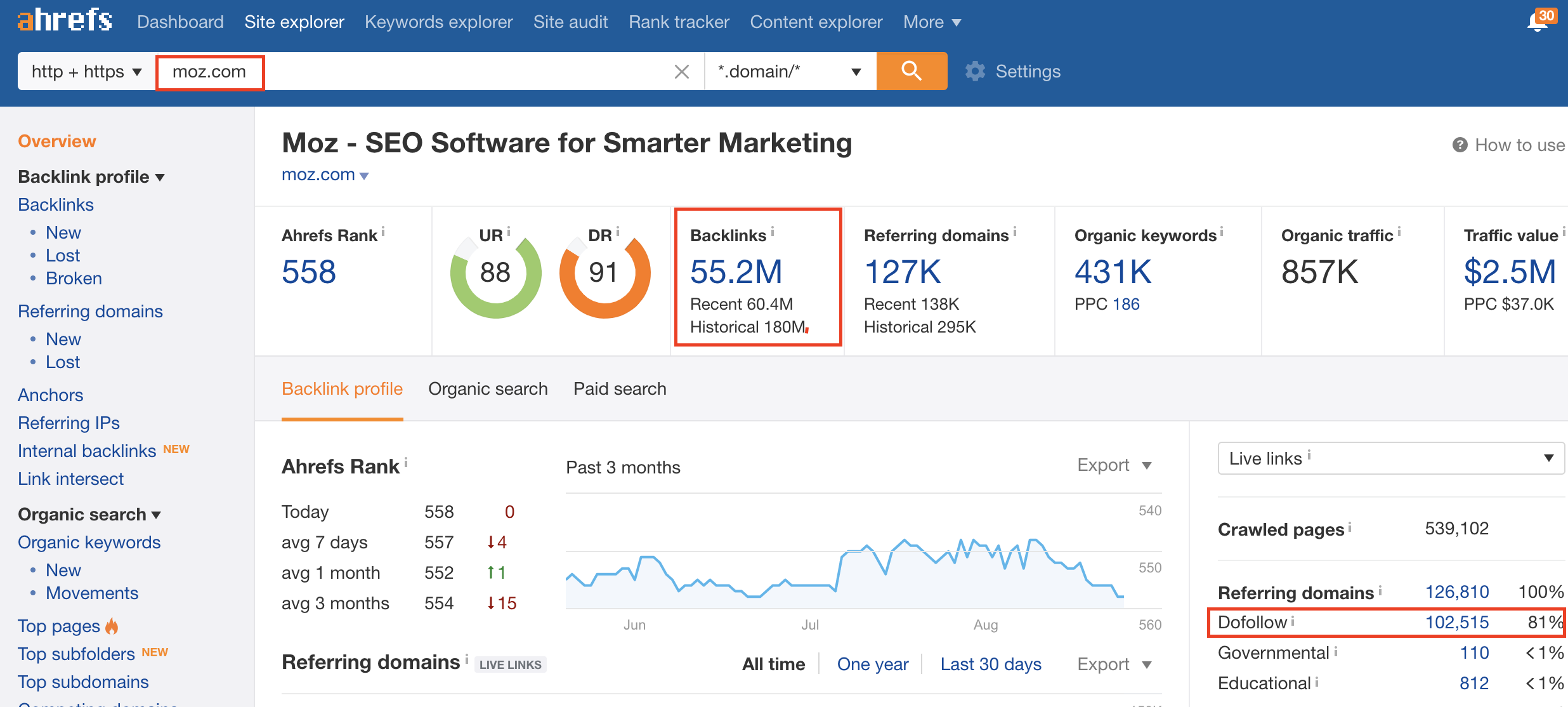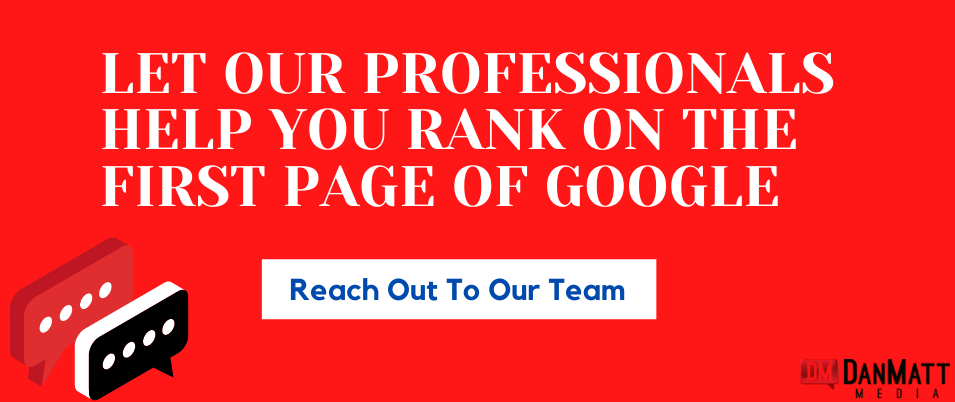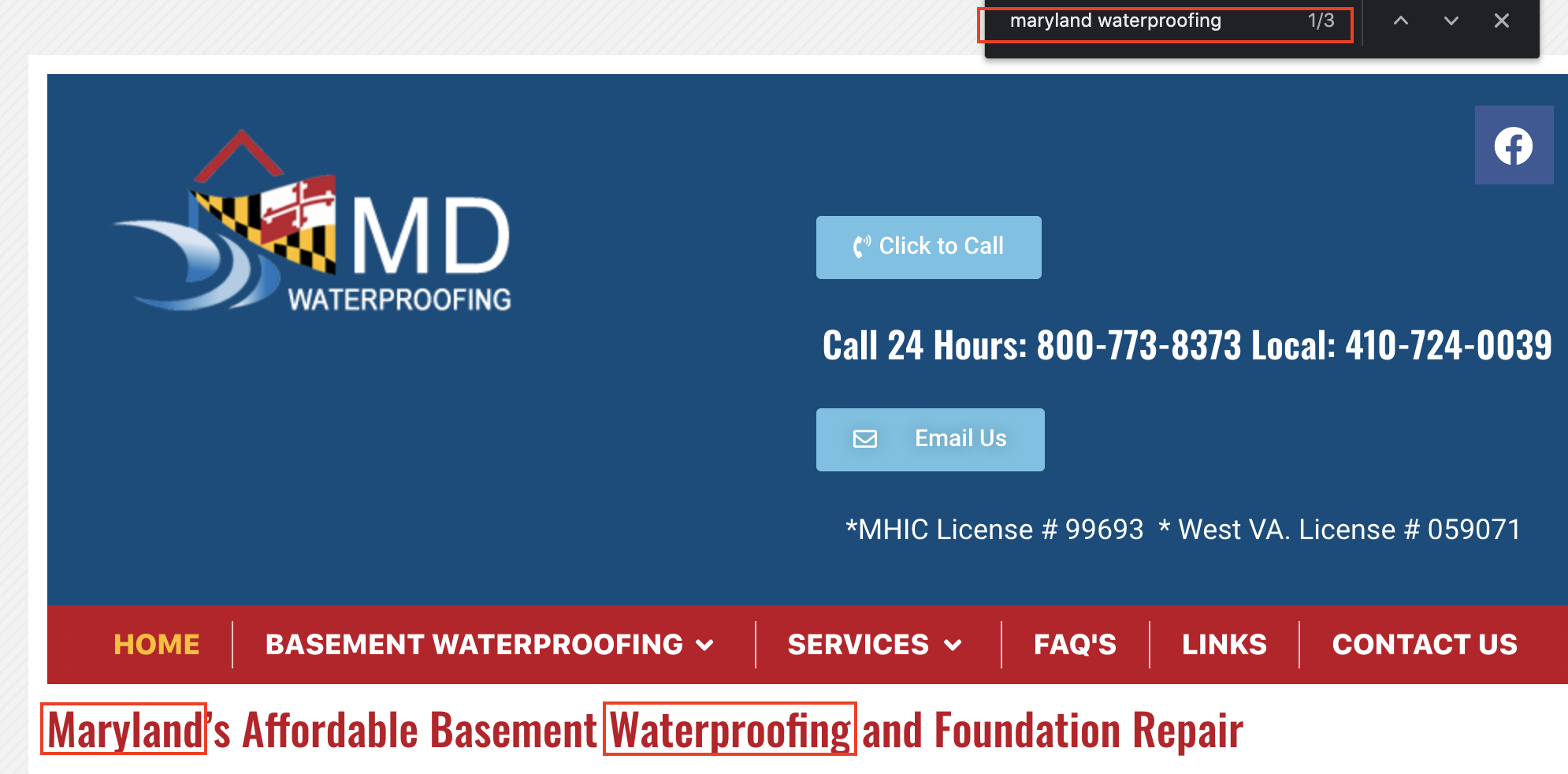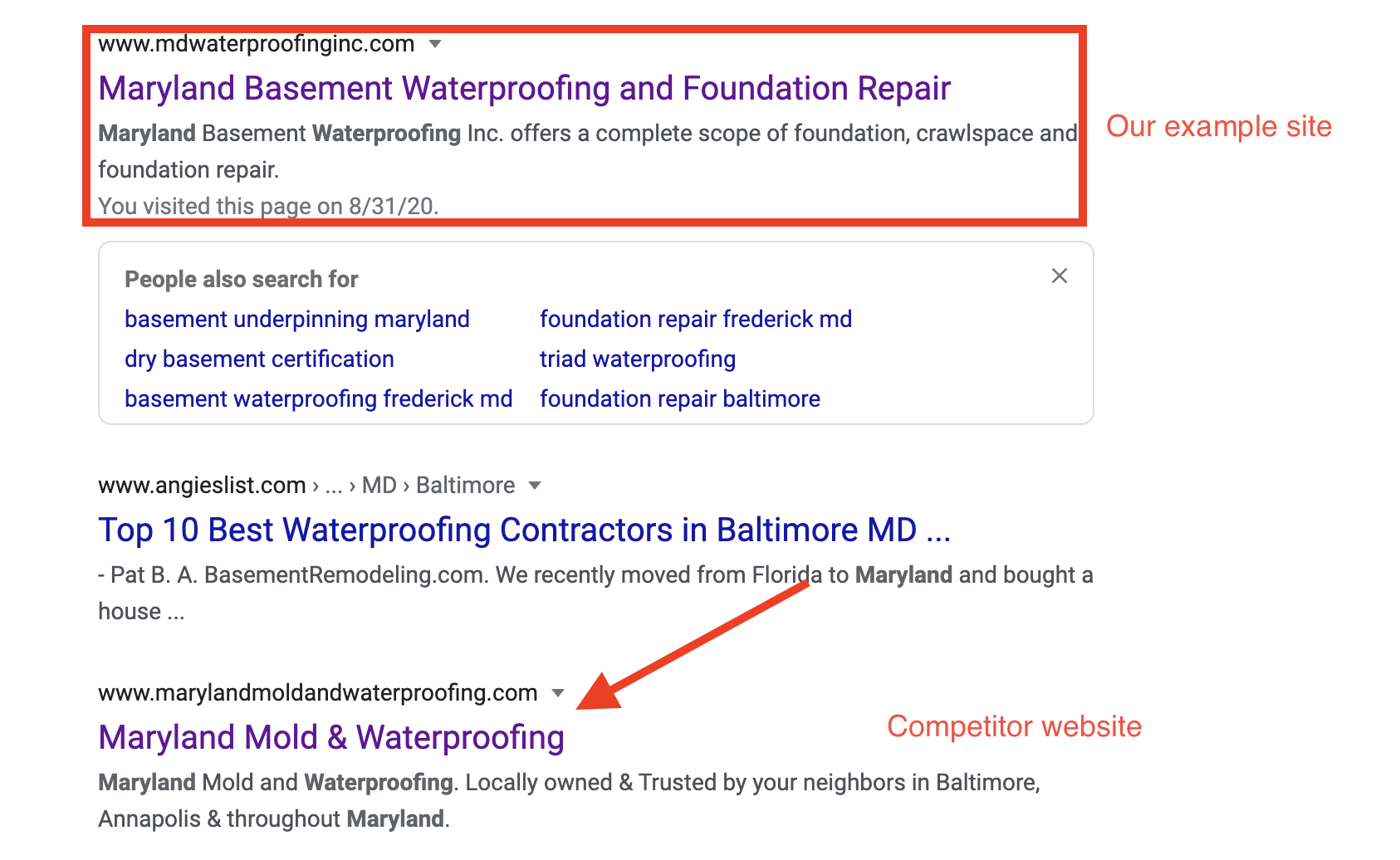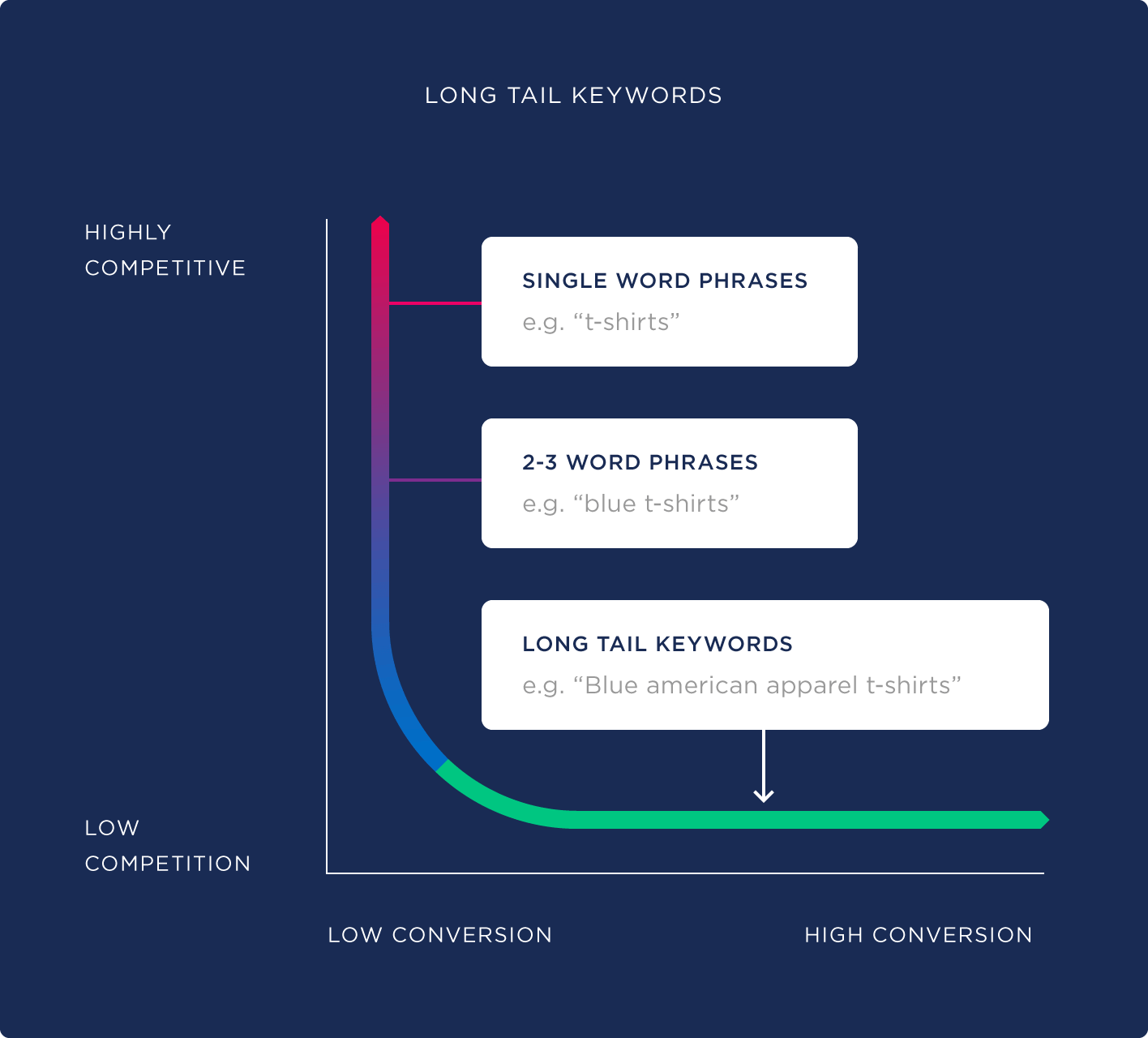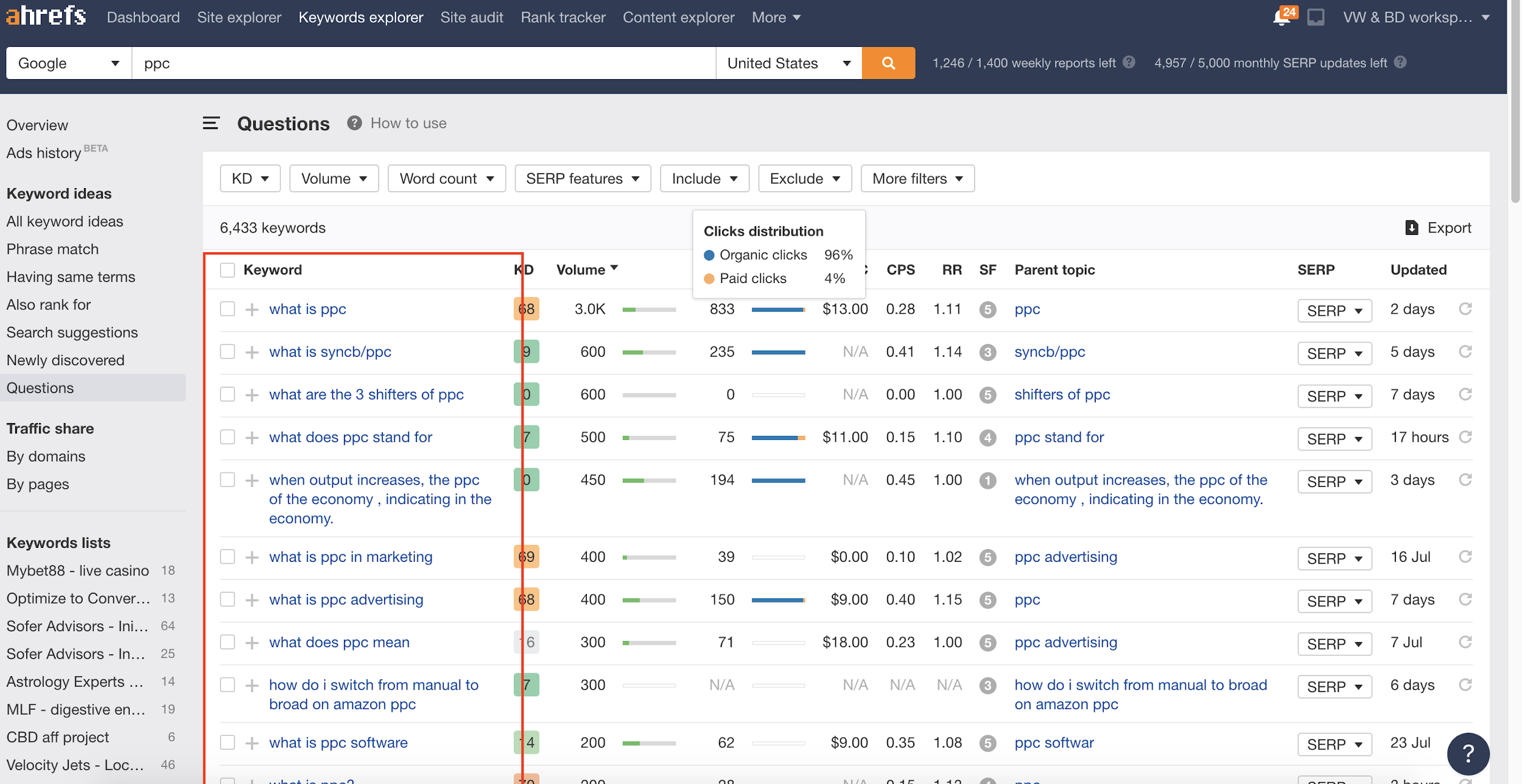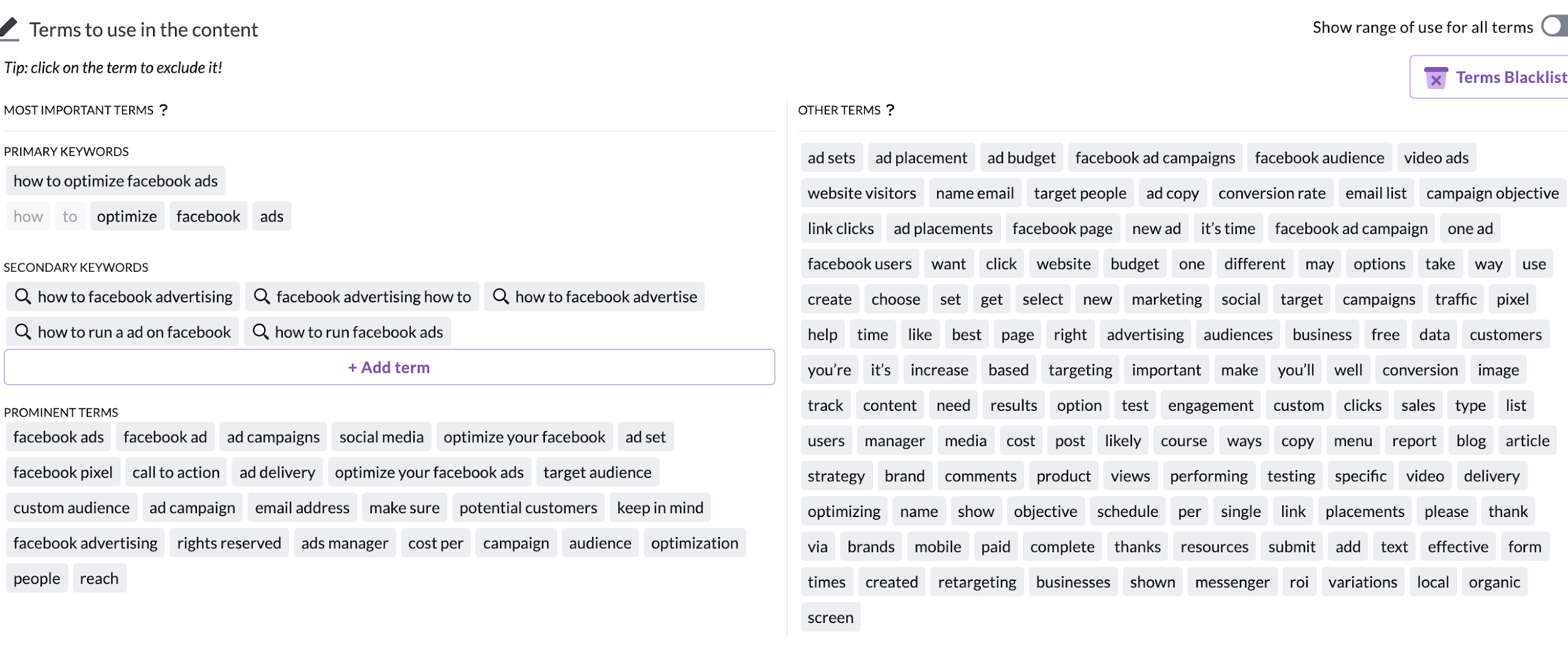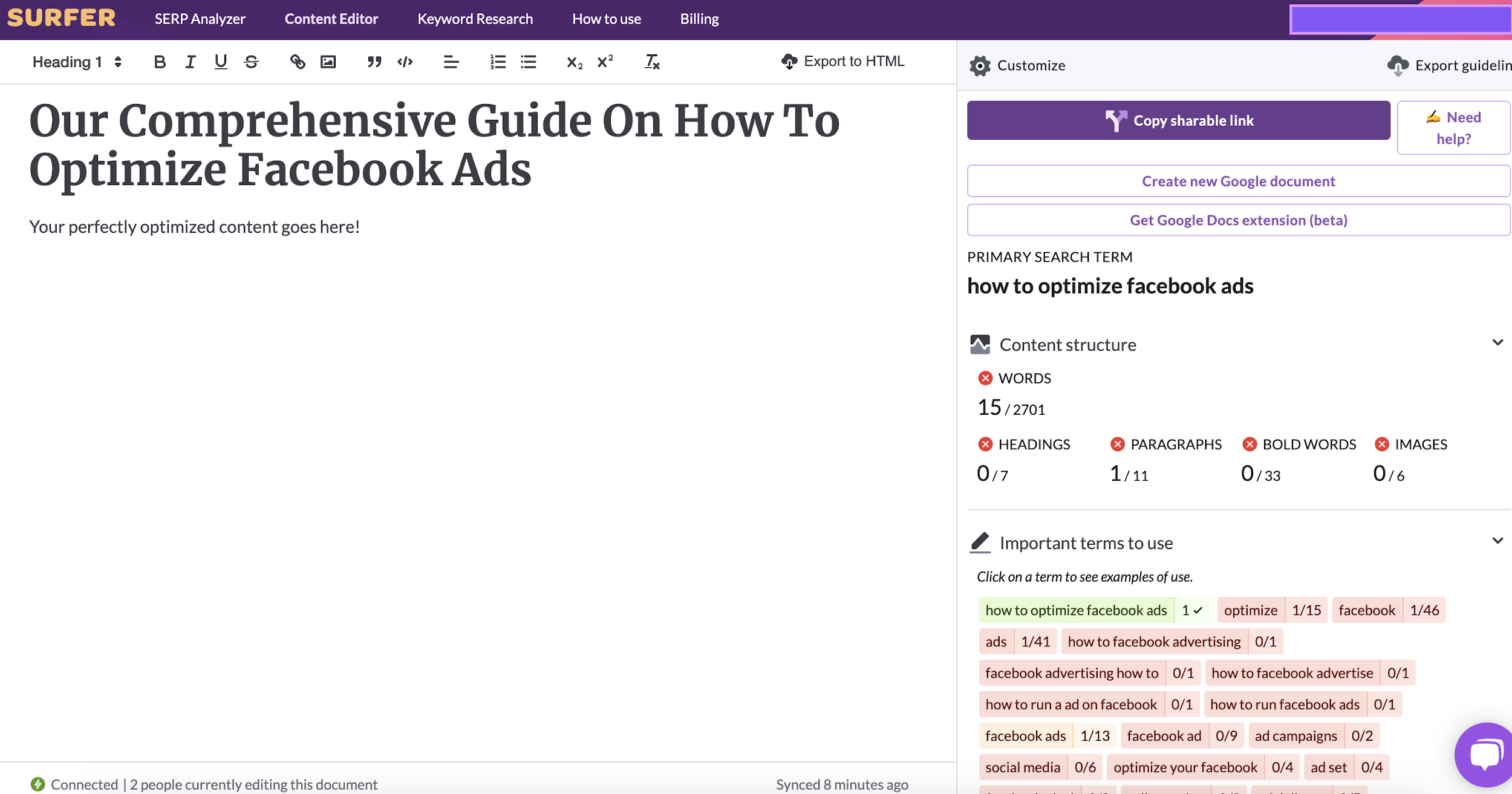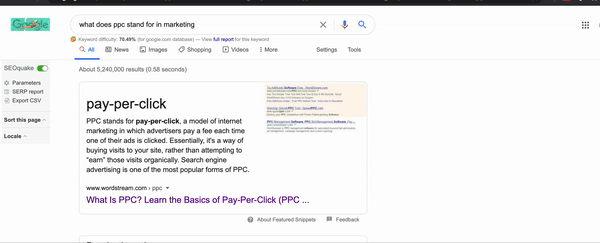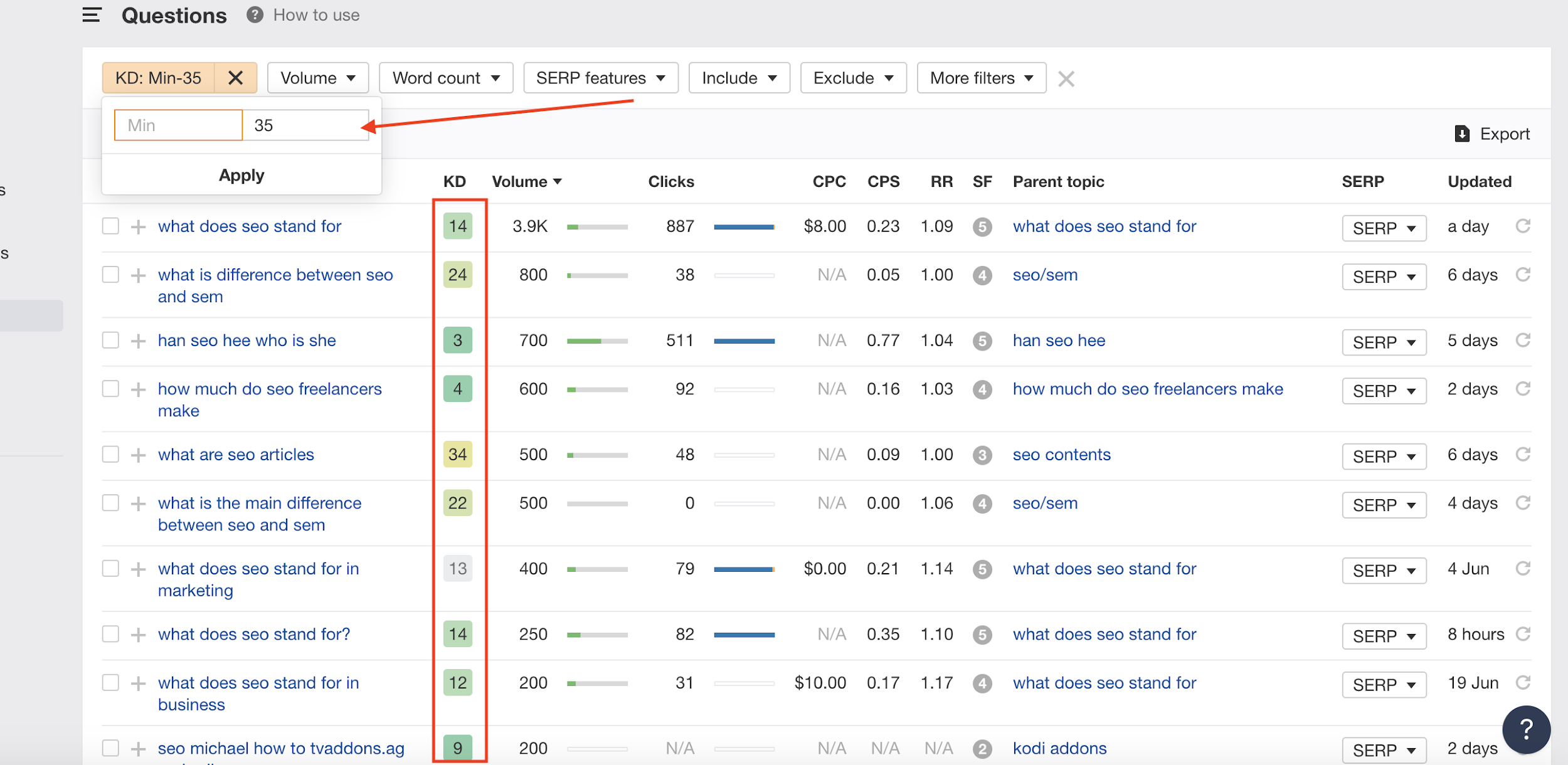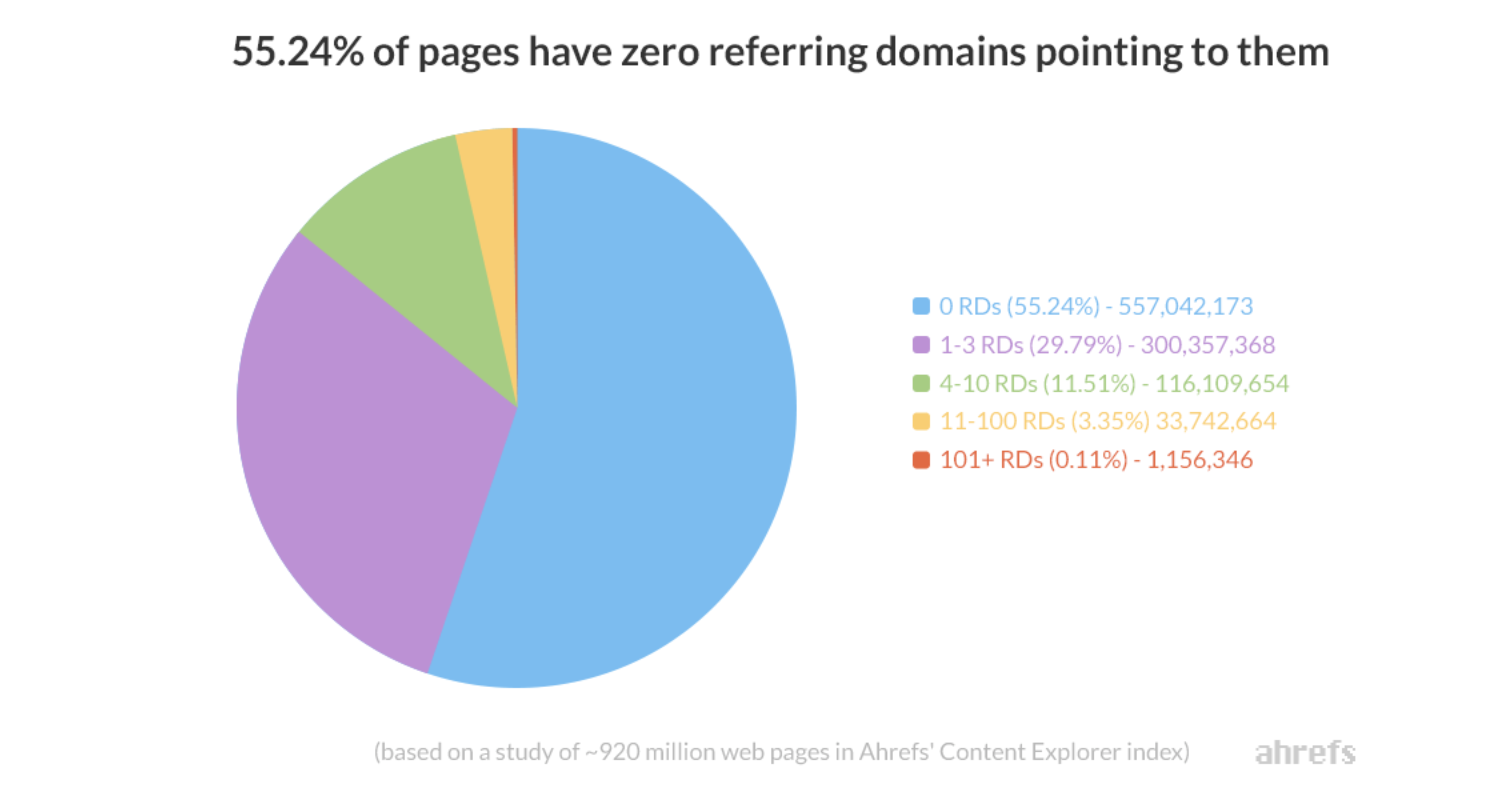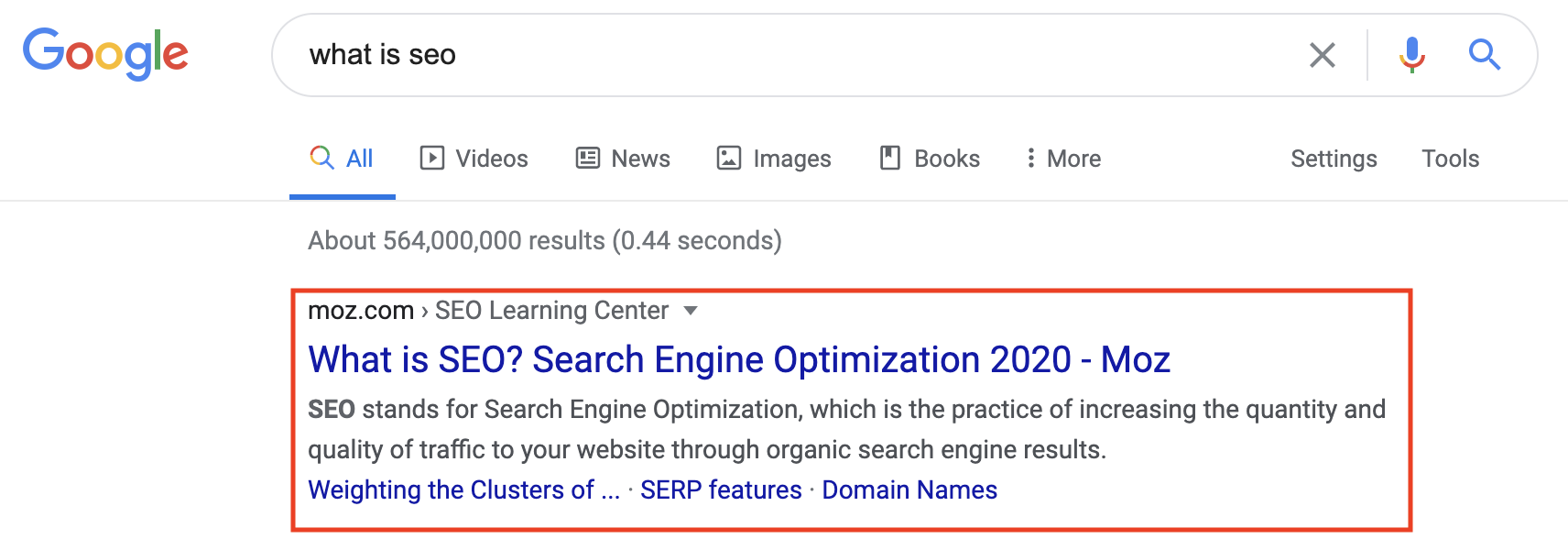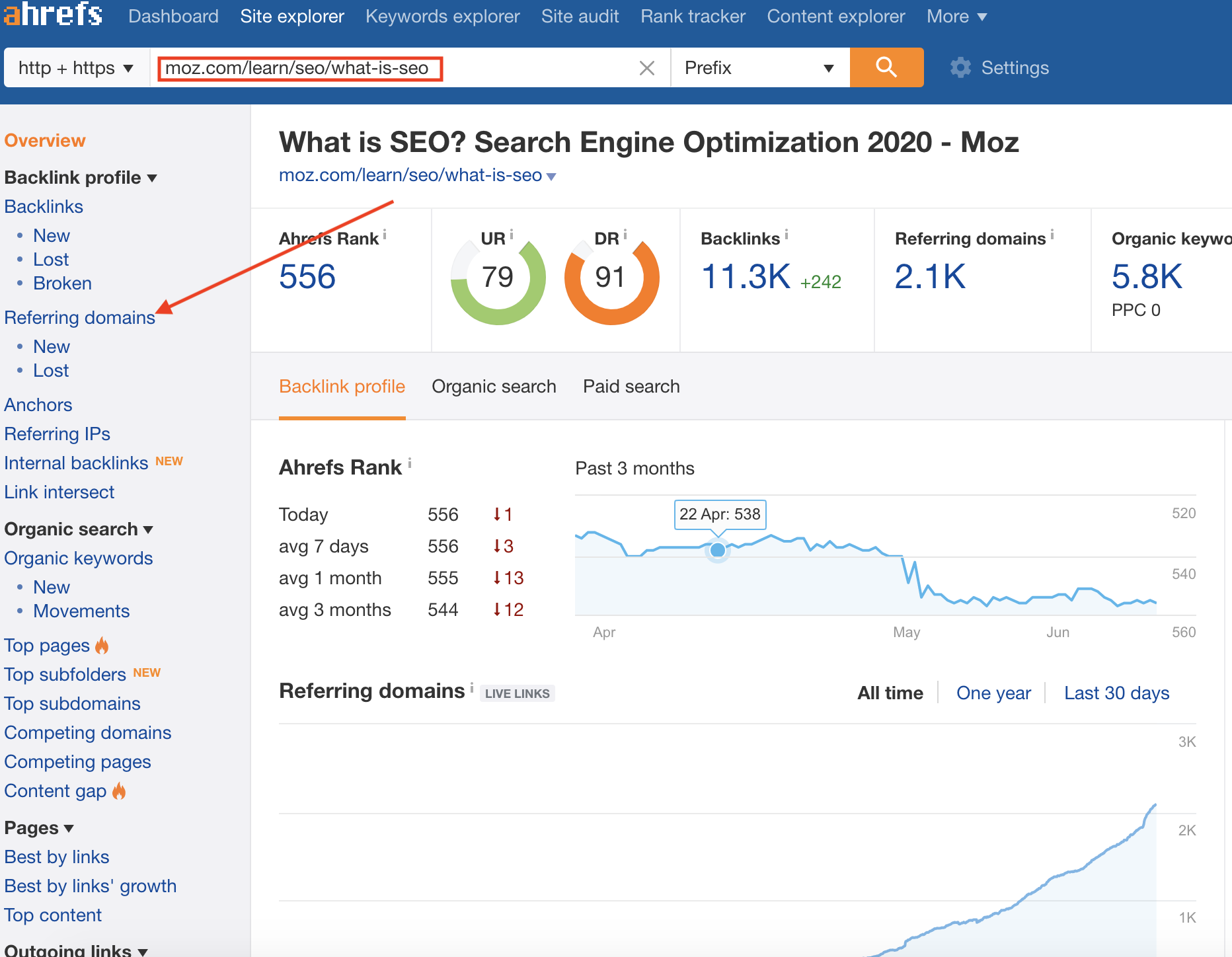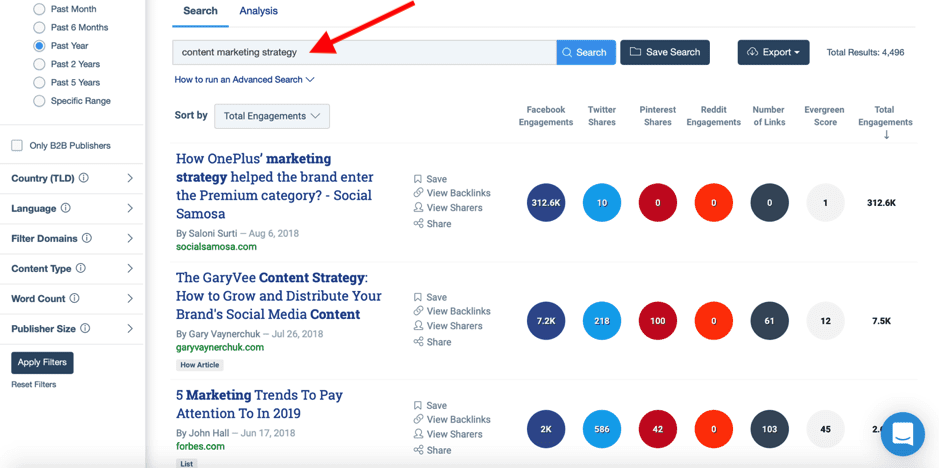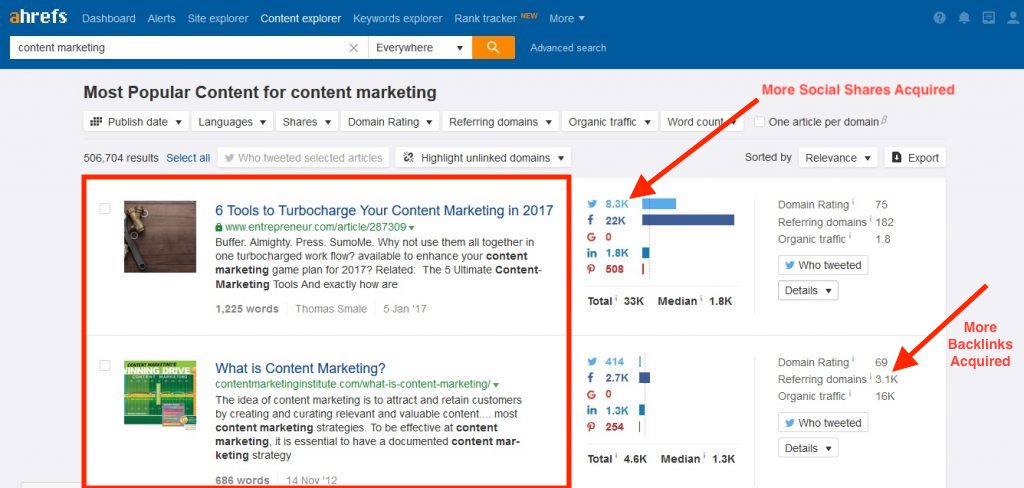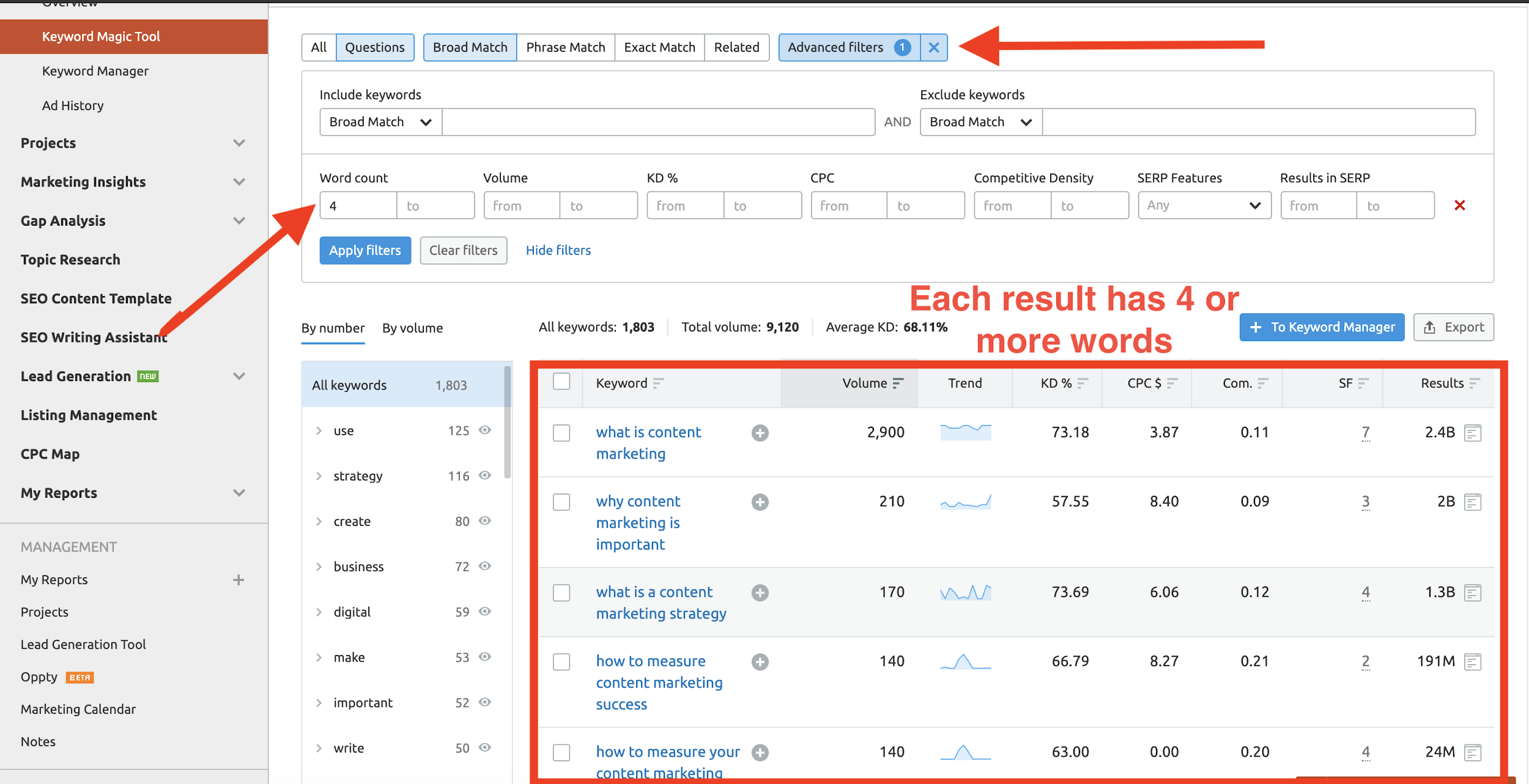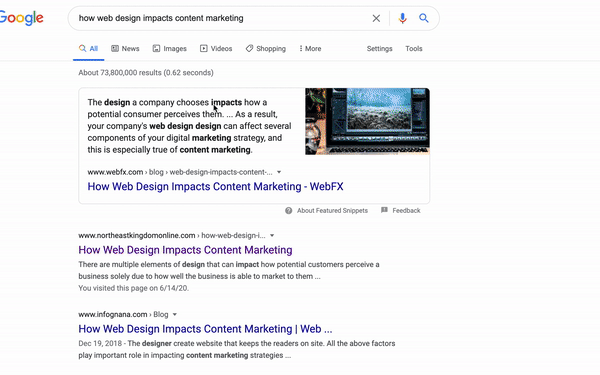If you’re a business owner with a website, you’ve probably thought to yourself once or twice, how can I rank higher in Google search? Maybe you’ve even done a couple of Google searches for how to change SEO on Google?
We get it. And no, it doesn’t require an advanced degree in quantum mechanics to be able to decode Google algorithms – but we also know how difficult it can be to really unpack the concept of SEO, and all that it involves – reading an endless amount of articles, searching through endless YouTube videos just to come out of the other side more confused and lost than you were before you began.
More than 70 million posts are published online every month according to WordPress statistics. So it’s not difficult to find yourself lost in a sea of information, on just about any topic, including SEO!
To avoid the headache, maybe you’ve decided that you would like to outsource your SEO efforts to a freelancer or company – but then comes the confusion of not knowing which company is trustworthy and which freelancer is knowledgeable enough to produce significant results for your business.
This leads to wasted time, drained marketing budgets, and potentially harmful backlinks to your website that can actually push you further down the search engines instead of up them!
The good news is, you are very much not alone. There have been an untold number of business owners that have had this same problem that you have, and whom have finally been able to break through the confusion and start seeing results that put their lead generation on auto pilot and significantly increase their revenue.
We’ve created this guide to put you on the right track in learning how to change your SEO on Google so you can finally start harnessing the power of the internet for your business.
But before you can change your SEO on Google, you need to know what it is.
What Is Google SEO Anyway?
Google SEO is the process of growing your website’s traffic through organic search results, particularly in the Google search engine. This growth increases visibility of your website allowing more users to find and interact with your brand. These results are unpaid and do not include paid placements.
Understanding the Algorithm
While I’m sure you’re ready to dive straight into the tactics of how to start showing up higher in the organic results of Google, it’s important that you understand how the algorithm works.
According to Moz, Google makes changes to their algorithm almost 9 times per day. It’s no wonder that so many website owners complain about how difficult it is to rank.
Over the years it has become more troublesome to try and adjust to the continuous updates made by Google, especially if you were using blackhat SEO methods.
While Google has had several major updates in the past including penguin, hummingbird, pigeon and the mobile friendly update, Google’s most recent update, the May 2020 Core Update was announced on May 4, and had a huge impact on the rankings of businesses across multiple verticals.
While some businesses survived the update with no negative effects, posts like these started to become the norm.
Pro Tip: One of the best things to do when you’ve been affected by an update is to wait 2 to 4 weeks to get through the volatility period and to see a return in rankings. If you notice your rankings are staying the same, conduct a full website audit. SEMrush has an excellent tool for auditing a website.
Keeping track of the constant updates is easy with websites like Google Webmaster Central and The Search Review.
Now that you know what Google SEO is and some basic information about the algorithm, let’s dive into some strategies that’ll help you improve your visibility in Google’s search engine.
7 Strategies On How You Can Change Your SEO On Google
-
Keyword Research and Intent
Keyword research should be where this entire process starts for any business looking to change their SEO. There’s no way you can optimize your content if you don’t know exactly what search phrases you are intentionally targeting.
According to Search Engine Land, there are 63,000 searches on Google per second. This means that your potential customer is out there and they are searching for your product or service, but if you don’t know what key phrases they are looking for, you aren’t going to show up to answer their questions.
Our in-depth guide on how to write SEO articles in four easy steps goes deep into keyword research and how exactly to find the keywords your audience is searching in Google.
But the best way to conduct keyword research is to use a tool like Ahrefs or SEMrush and look for questions that your potential customers may be asking.
In this example, we’ll be using Ahrefs.
Start by putting a product or service that you offer into the search bar.
Next, click the search button and select the group categorized as “questions”.
Once you have the results, you can set the KD (Keyword Difficulty) score to a max. We recommend setting the mx KD to 35, especially if you are just beginning to blog or your website does not have a lot of authority.
Now you have a full list of terms that you can write great content around and start to attract your potential customers to your products and services.
-
Optimizing Your On-Page SEO
On-page SEO is the process of optimizing content that is directly on your blog in order to gain more visibility in the search engines. This is the easiest type of optimization to perform because you are in complete control of the content.
There are multiple on-page factors that should be considered, so let’s cover each one.
H1
An H1 is the title that describes the overall topic of your content. It’s really important not to drop the ball on this particular on-page attribute. A good rule of thumb is to make sure your target keyword is included in your H1.
The target keyword here is: “How often does Google update Its Algorithm”.
Content
When actually writing the content for your article, you always want to make sure to include your primary keyword 2-3 times throughout the content without forcing it. If you’ve been online for more than 5 years, you know back in the day you could get away with keyword stuffing.
Times have changed big time. No longer is it acceptable to try and stuff a bunch of keywords in your article and expect to rank. Actually, doing this now may trigger negative SEO on your website, which would defeat the purpose of properly optimizing your content.
Also, placing your target keyword in the H2 title helps Google better recognize what your content is about. The main keyword “Google Algorithm” is also placed in the H2 heading.
Meta Title
The meta title is also another on-page factor that let’s Google know what you’re writing about. It is also important to place your primary keyword here as well.
One of the best WordPress plugins you can use to optimize your meta title is Yoast SEO.
Start by changing the “SEO Title” to include your keyphrase
Here’s what it looks like in the organic results.
Meta Description
A meta description describes what your specific web page is about using 160 characters or less. Your keyword should be placed here too, as well as some eye-catching text that makes the reader want to click to read more about your article.
URL Structure
Your url is the address of your web page and this can be optimized as well. According to Moz, your url can be a ranking factor in Google. Optimizing it can be as simple as placing your keyword into the url separated with hyphens.
Pictures
When adding pictures to your articles besides making sure they are relevant to your topic, you should also optimize them to target your main keyword. This is done by changing the alt tag.
These image descriptions allow for search engines to locate your page through your image. Images being optimized in conjunction with content makes it much easier for Google to understand what your page is about.
When using WordPress, after you upload an image you will have the option to add an “Alternative Text” to it. This would be where you place your keyword.
-
Optimizing Your Off-Page SEO
Off-page SEO is what you do away from your website to increase rankings and visibility in the search engines. These off-page factors can include:
- Social Accounts
- Backlinks
- Citations
- Videos
In this article we’ll be specifically diving into backlinks and citations.
Backlinks
A study conducted by Ahrefs shows that 55.24% of pages don’t have a single backlink.
This is probably one of the off-page activities that business owners struggle with the most. Getting a backlink from another website in your niche is not always easy, especially if you are not conducting the proper outreach. So let’s get into not only how to find websites that would want to link to you but also how to do proper outreach to secure a backlink for your website.
The first step in finding a potential website that may want to link to you is by first researching your keyword on Google and taking a look at the results. For this example, we’ll use the keyword “What is SEO”.
The first result we see is Moz.
The next step would be to take that specific url and place it into Ahrefs and check out the referring domains.
Once we have a list of the referring domains, we need to sort them by “Dofollow” because Dofollow links are the links that pass link juice from one article to the next and help to increase rankings.
These are all of the websites that have linked to this particular Moz article. All potential targets for outreach. Now let’s talk about a highly-effective outreach method.
Once you have decided which site you want to reach out to, to secure a backlink, now it’s time to email them with your pitch. The article we are trying to secure on their site is called a guest post.
Here is a script that you can take and use for your next outreach campaign.
“ Hey (name),
I’m the content editor for (name of your website) and a long time reader of (their website) since (year) when the site really started to take off.
I was doing some research and found some topic pieces that you could easily produce and pull in traffic for.
In fact (their competitors website) ranks for them and they have a small fraction of your authority:
- Keyword Topic 1
- Keyword Topic 2
- Keyword Topic 3
I’d like to write one of these for you (free of cost, just trying to get more publication work).
I’ve actually done this before on (example website), who is now ranked (ranking) for this topic.
If this sounds good, please choose which topic you’d like, and I’ll start this evening.
Regards,
(Your name) “
This pitch offers the website owner value instead of just reaching out asking for a guest post. Try sending 5 of these per day to different website owners who have previously linked to content that is related to yours.
Citations
A citation is a reference to your online business that includes your business name, address, phone number (NAP). Citations can be listed on various different local business directories, increasing your brand reach and adding to your backlinks.
It is possible for citations to negatively affect your SEO if the information is not consistent across every directory. Some directories where you can place your citations are:
- Bing
- Facebook
- FourSquare
- Yelp
- Localeze
- Apple Maps
- Superpages
- Yahoo
Listing your business on these websites will give you more visibility and more chances for customers to find your business and interact with it. It also helps Google to find broad, yet accurate information about your company across multiple platforms.
A Few Other Ways You Can Change Your SEO On Google
The steps we have listed above are all strategies you can start doing internally and externally on your website to increase your Google ranking but here are some other important components to consider when optimizing your website:
Consistency – SEO takes time, yes, TIME – in all caps to let you know how serious we are here. One of the best ways to make sure you get found inthe search engine is to be consistent with your SEO. A study conducted by Ahrefs, showed that it takes anywhere from 2-6 months to rank, so continuously optimizing your site and building high-quality backlinks, will ensure success in the long-term.
Mobile Optimization – Nearly 60% of all Google searches are from mobile. It is critical to have a website that is mobile optimized, especially if you want to convert visitors into buyers. If you are using WordPress for your website, making your site is mobile-friendly is as simple as installing a plugin like Jetpack, that can properly manage your design, without you needing to mess with any code on your site.
You can also check to see if your site is already optimized for mobile by searching “google mobile-friendly test” in Google and pasting your website url in the box.
Tracking – The only way you’ll know if you’re making progress is to track your results. A good indication that a website is gaining some traction in the search engine is to track the keywords a site is targeting before you begin your SEO and during your campaign.
There are a lot of great tools for tracking your keywords. Some of these tools are:
- SEMrush
- Agency Analytics
- Serpbook
- Serpbot
It is ideal if you can keep track of your rankings at least once a week to get an accurate analysis of what optimization strategies may be working better than others.
Site Speed – This is usually not the first optimization strategy that a website owner would think of because it is not known to affect rankings directly, but it can most definitely affect your rankings indirectly.
A study done by dotcom-tools showed that 40% of internet users abandons a site if it takes longer than 3 seconds to load.
When your site takes longer than a few seconds to load, it’ll make visitors want to hit the back button without ever giving it a second thought. This results in a higher bounce rate, which could indicate to Google a “bad user experience”. In return, it’ll actually work against you in trying to rank higher.
To test your site’s speed, you can use the free Pagespeed Insights tool. One of the best ways to increase your site speed is by making sure you have a great hosting company to host your site on.
It’s Time To Start Ranking Higher
You’ve got the basics down.
Now it’s time to move forward and begin taking some steps to get your site optimized.
Be patient with yourself, especially if you’re new because SEO has a steep learning curve but we hope we have been able to simplify the process here for you in this guide.
Keep your head in the game and always stay learning.









